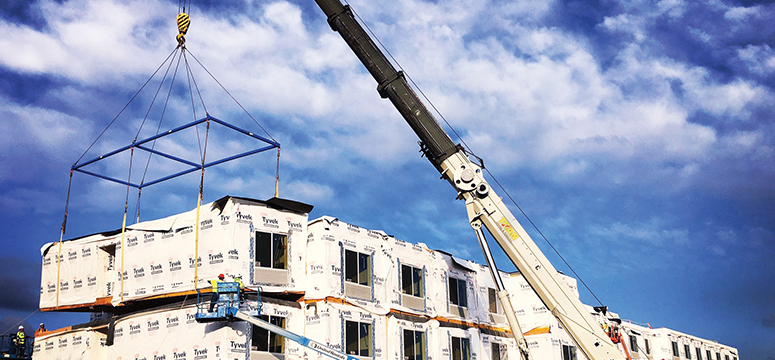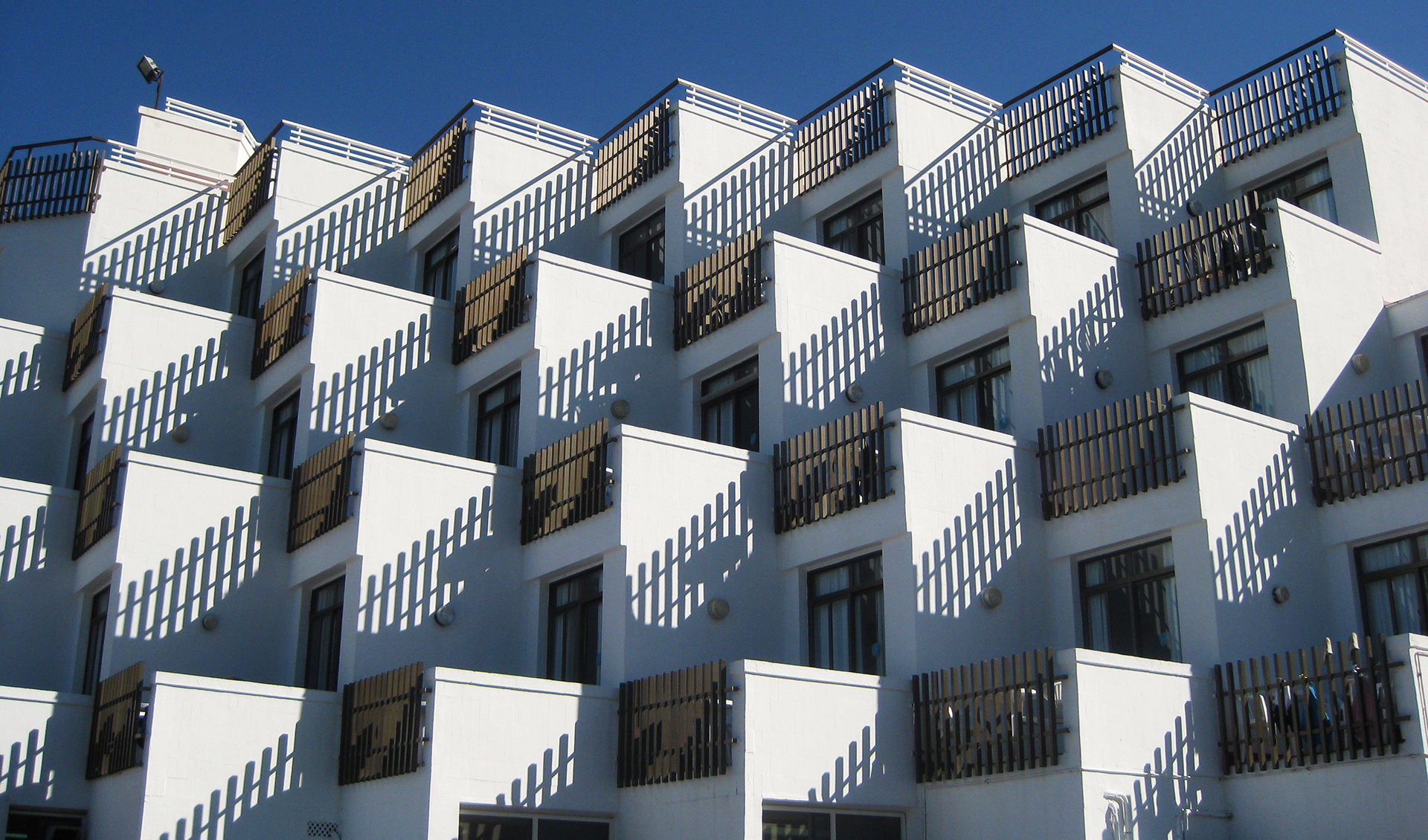
What Goes into the Building of Modular Buildings
Are you interested in the advantages of the construction method but unsure what elements are in a modular architecture? Is their power sufficient? Is it true that all modular structures are built of wood? Would these building materials be able to make a lasting impression?
Elements Used in the Production of Modular Buildings
Many raw items are used in high-quality modular construction. Woods, metals, and concrete are the most typical modular building material. Not all modular design makers will use all of these materials in the construction. Instead, for more efficiency and skill, producers will concentrate on a specific sort of construction.
Although not all producers are using similar construction materials, you may be confident that all module builders employ the same substances as traditional builders. Modular buildings are planned and constructed to fulfill the IBC codes and requirements as conventional structures.
Wooden Modular Buildings
Wood is the most prevalent and effective building material. It is a nice choice for regular and permanent modular construction because of its cost-effectiveness, lightness, and flexibility. A wood module, which is used in various components of modular structures, offers numerous advantages to its customers.
As you might expect, wood is a lighter substance to deal with than concrete for framing. This makes things simpler for the builders to deal with if they’re using equipment or putting together a wood-framed module structure.
Modular Building Manufactured from Steel
Another prominent modular building alternative is steel-framed structures. Steel, which is frequently linked with larger construction projects and structures that need a longer life, does have several significant advantages. Construction compliance leads to greater height limits and dimensions when using steel since it is a flame-resistant material.
Wider beam span apertures are possible with steel-framed architecture than with wood-framed architecture. As a consequence, the construction requires fewer materials.
Concrete in Buildings
Concrete does have a significant role in construction substance for modular structures while being more connected with conventional, on-site design planning. These structures are ideal for continuous modular construction when strengthened with the proper fiber and metal.
The modular architecture is a method of constructing a structure off-site, under-regulated industrial circumstances, using similar resources, and adhering to the codes and guidelines like traditional construction.
Structures are manufactured in pieces that, when assembled on-site, mirror the same architectural purpose and standards as the most advanced site-built buildings and without sacrificing quality.
Reasons for Building a Modular Structure
Made of High-Quality Materials
Modules are created to satisfy the same construction norms and requirements as site-made buildings, and similar architect-specified components are utilized in module building projects.
Weather Disruptions Are Minimized
60-90 percent of the building is conducted within a plant, reducing the possibility of weather problems. Structures are occupied more quickly, resulting in a quicker rate of return.
Design Possibilities Are Endless

Modular modules can be constructed to blend in with the exterior features of any current structure, and once erected; they look almost identical to the site-built equivalents.
Conclusion
Mac Australia Modular building construction usually takes less time than standard building construction. You can save your money due to reduced labor. The method of construction ensures that you are secure from weather problems.
